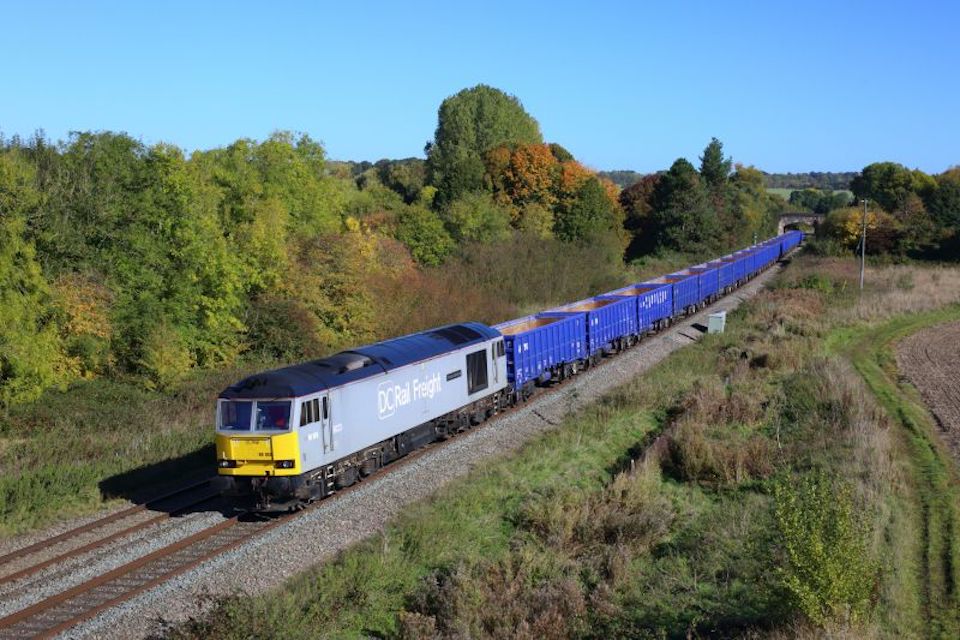“New Dawn” steam to power British freight

Steamology, a green technology start-up company in the South of England, is rolling back the wheels of time. The company is on the verge of making history by turning to the historic power source of steam. However, in an entirely futuristic way, it’s steam, Britain, but not as we know it.
We always thought that steam was odourless, colourless and invisible. However, engineering pioneers Steamology has secured its first commercial contract to support the elimination of all freight train emissions with the evaluation of … green steam.
Zero-emissions goods transportation
It’s brewing up at their West Dean, Hampshire, headquarters. The boffins of Steamology have been contracted to work with some of the biggest names in the rail industry sector. They’ll be getting down to business with the multinational engineering and sustainability giants Arup and the train leasing corporation Eversholt Rail. Freightliner might add a little help, too.
“Electrification, and use of electric heavy-haul freight locomotives, is the most energy-efficient way to move goods on land,” said a joint statement from the new business partners. “However, large parts of the national rail network remain unelectrified. This project will provide a complementary means of zero-emissions goods transportation by rail.” They might be achieving that by a means familiar to James Watt and George Stevenson: steam traction.
Converting a conventional Class 60
Steamology has developed a patented new technology to generate high-pressure steam without carbon emissions. Instead of the centuries-old traditional means of boiling water with a coal fire, they’re working on a system that burns hydrogen in oxygen inside small modular steam generators.

According to the partnership, this zero-carbon “green” steam can be created at a megawatt scale. The New Dawn project will apply this innovation to rail by converting a conventional Class 60 diesel-fuelled locomotive. The locomotive will be rebuilt into a full-power prototype. Steamologoy says that will herald a return to steam after a break of more than 60 years.
A brand-new steam locomotive
It’s not quite a break of sixty years. Conventional steam was indeed phased out rather rapidly in the mid-1960s. However, several hundred locomotives were saved from the scrap yard. Many currently operate on Britain’s uniquely extensive heritage rail sector and on mainline passenger charter operations. Such runs command premium fares and grab the headlines. A case in point was the recent door safety issues with the daily “Jacobite” excursion in Scotland, also noted as the Harry Potter Train after appearing in the eponymous films.
The New Dawn project has been so named as a nod of respect to Britain’s steam engine heritage. The very last steam locomotive built for the national network was named “Evening Star”. It was built at Swindon Locomotive Works in the west of England, now a popular museum. Preposterously, it served for only five years before its premature retirement. More recently, a brand new steam locomotive has been built by private investors, and “Tornado” is a very popular turn of motive power for excursions.
Cutting-edge technology on the boil
The Steamology proposal is not quite as glamorous. Their conversion will replace the diesel engine with 20 steam generators, four steam turbines, and 140kg of gas storage, creating a 2MW zero-emission “steam locomotive.” Conversion work is planned to commence in the UK in 2025. If successful, locomotive manufacturers could apply this technology as a modification to existing locomotives or incorporate it into newly built products.

“Arup has a commitment to decarbonised rail transport,” said Andrew Went, Arup UKIMEA Rail Business and Global High Speed Rail Leader. “The application of this cutting-edge technology will demonstrate a better way forward for heavy-haul freight. [That] has been considered as the most challenging of rail modes to decarbonise.”
The viability of repowering heavy-duty transport assets
Project partner Freightliner is also providing operational input and experience. “We are committed to supporting innovative R&D solutions which help to push the boundaries of rail as a core component of a sustainable infrastructure,” said Tim Shoveller, their CEO. “It is great to see the evolution of the efficient turbine technology and its application in supporting the development of more sustainable energy sources for the future railway.”
For their part, Eversholt Rail has invested in many rail vehicle innovations and technology upgrades over the past thirty years. Their involvement is a bonus, as far as Steamology is concerned. “Zero emission steam, heat, and power solutions are operational at full size and full scale,” said Matt Candy, who heads up the company. “Project New Dawn will demonstrate the viability of repowering diesel engine heavy-duty transport assets. Delivering full asset life while meeting net zero and ESG [Environmental, Social, and Governance] targets.”
You just read one of our premium articles free of charge
Want full access? Take advantage of our exclusive offer





